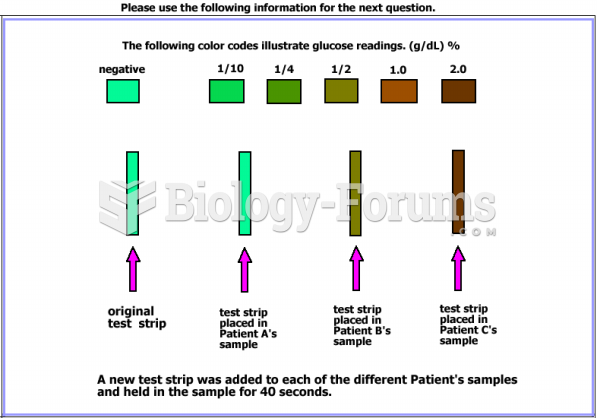Answer to Question 1
B
Feedback
A An ultrasound for fetal anomalies would most likely have occurred earlier in the pregnancy.
B Real-time ultrasound permits detailed assessment of the physical and physiologic characteristics of the developing fetus and cataloging of normal and abnormal biophysical responses to stimuli. The BPP is a noninvasive, dynamic assessment of a fetus that is based on acute and chronic markers of fetal disease.
C It is too late in the pregnancy to perform an MSAFP. Furthermore, it does not provide information related to fetal well-being.
D Indications for PUBS include prenatal diagnosis or inherited blood disorders, karyotyping of malformed fetuses, detection of fetal infection, determination of the acid-base status of the fetus with IUGR, and assessment and treatment of isoimmunization and thrombocytopenia in the fetus.
Answer to Question 2
D
Feedback
A Although this practice is not prevalent in the United States, it is very common in many African and Middle Eastern countries for religious reasons. This response is culturally insensitive.
B The infibulation may have occurred during infancy or childhood. The woman will have little to no recollection of the event. She would have considered this to be a normal milestone during her growth and development.
C The International Council of Nurses has spoken out against this procedure as harmful to a woman's health.
D This response is the most appropriate. The patient may experience pain, bleeding, scarring, or infection and may require surgery before childbirth. With the growing number of immigrants from countries where FGM is practiced, nurses will increasingly encounter women who have undergone the procedure.







